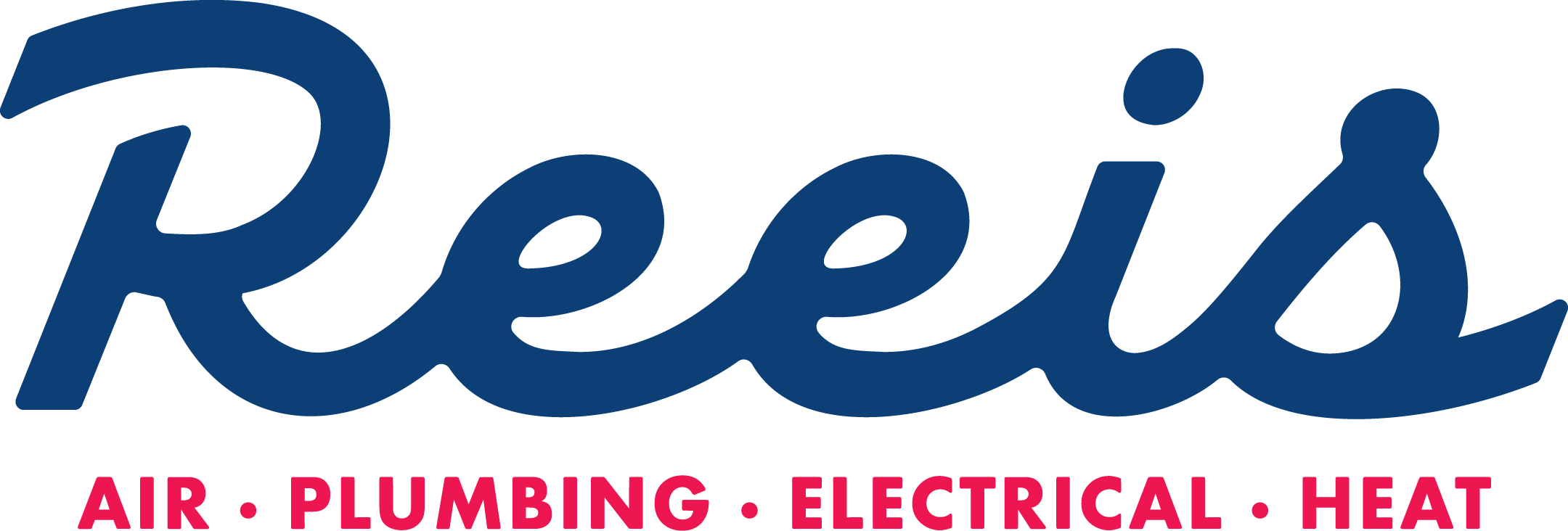During winter in Ahwatukee, AZ, any furnace issue is likely to scare you. No one wants to get stuck with a broken furnace in the middle of a cold night. Therefore, it’s understandable that you worry about a furnace that won’t stay on. Here are the top five reasons your furnace keeps turning itself on and off:
The Flame Sensor is Faulty
Your furnace has a flame sensor that detects and responds to flames. This component is important because it keeps your furnace from causing an explosion in your home. It does so by turning off the gas valve whenever it doesn’t sense a flame.
If this component becomes faulty, your heater may malfunction. For instance, it may either fail to shut off the heater or shut it off all the time.
Your furnace’s flame sensor may stop working because it’s dirty. Besides cleaning the flame sensor, having a professional maintain your furnace regularly can prevent this problem.
The Air Filters are Dirty
If your heater has dirty air filters, it may turn on and off because hot air is unable to leave the system. As your heater runs, it gathers dirt gradually around the filters, creating a buildup of dust.
The warm air that enters your home gets blocked, increasing the internal temperature of your furnace. As a result, the system may turn off before it heats your home to the desired temperature.
As the temperature levels in your home drop, the furnace cycles increase. A professional can restore your furnace by changing the air filters.
Your Furnace is Too Large
If your furnace is too big, it’ll start, heat your house quickly and turn off. It may also overheat because it doesn’t have enough room to disperse the hot air. Although a knowledgeable service technician can offer you viable solutions that don’t involve replacing the furnace, the best option is to have an HVAC expert install the right unit for you.
The Thermostat is Defective
Your thermostat regulates the heating. It makes sense to suspect it if your heater keeps shutting on and off. There are many things that could make your thermostat defective — its wiring may be faulty, or it may simply need new batteries.
If your thermostat is near a heat source, like direct sunlight, it may heat quickly and reach the set point faster than it should. A thermostat may seem like the easiest device to tinker with, but it’s also one of the easiest devices to damage.
Don’t try to fix the thermostat if you suspect it to be the source of your furnace problem. Contact an HVAC expert to inspect it and perform any necessary repairs. A service technician is the best person to determine where to place the thermostat if it’s too close to the heat source.
There’s a Blockage in Your Exhaust Vent
This problem is dangerous because it can lead to carbon monoxide poisoning in your home. Carbon monoxide is a colorless and odorless gas that your furnace disperses through the exhaust vent. If this section of your furnace gets blocked and the gas is unable to escape normally, it may leak out of the system and get into your living space.
There are many things that can block this critical part. Some examples are a bird’s nest, a beehive, snow and ice.
When something blocks the vent, your furnace works harder, causing it to turn off and off due to overheating. Getting a professional to check the vent and clear it may help you restore your heater to proper functioning.
You should only trust a certified expert to inspect your heater thoroughly and solve any issues for you to avoid costly or dangerous outcomes. Our fully trained team can handle all types of furnaces. Call REEis Air Conditioning today to let us repair your furnace and keep your home warm.
Image provided by iStock









